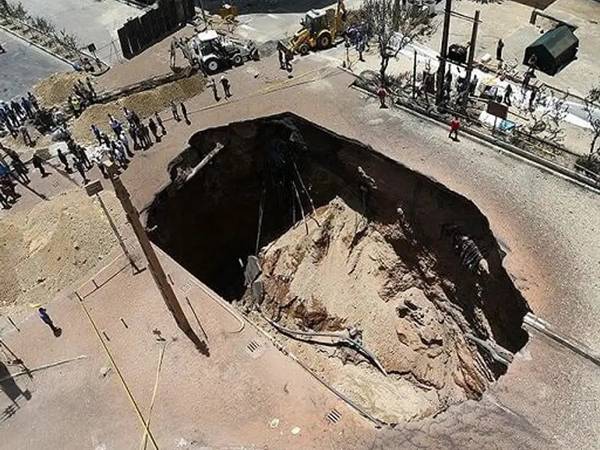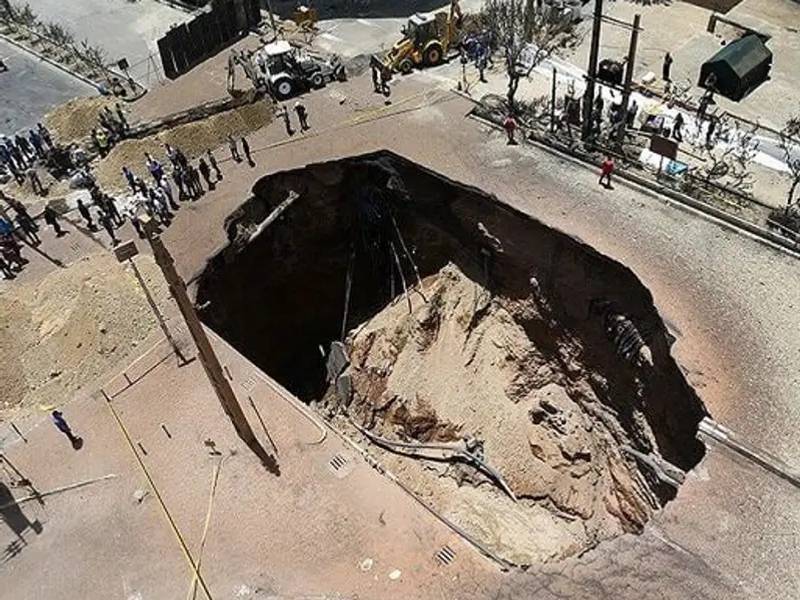Iran has consumed its thousand-year water reserve in just three decades as the country's environmental crisis worsens.
"We used up most of the 250 billion cubic meters of water that we have and are projected to have in our aquifers over the last three decades,” prominent Iranian environmental activist, Mohammad Darvish, revealed Saturday.
In the article in Shargh News, he characterized the amount of water consumed in Iran during this period as equivalent to depleting a "thousand-year reserve," emphasizing that this depletion poses a critical risk to biosecurity.
Darvish attributed the rapid depletion primarily to the excessive extraction of underground water.
Describing the situation as "very, very dangerous" and Iran as plagued by severe "water shortages," he noted that Iran has the highest global rate of land subsidence.
Land subsidence, a sinking or collapse of the ground can be triggered by human-induced underground voids including water abstraction from from certain types of rocks, such as fine-grained sediments, according to the U.S. Geological Survey.
In Iran’s case, as highlighted by Darvish, the alarming rate of subsidence is predominantly attributed to human-induced excessive water abstraction and Iran’s extensive well-drilling practice. Additionally, climate change, inefficient agricultural and industrial water use, and illegal wells tapping underground aquifers have all contributed to the crisis.
A mere 3 percent of agricultural users in provinces like Isfahan and Khorasan-Razavi consume as much water as 30 percent of the entire country according to Darvish. These users have significant influence and resist efforts to reduce their water use, exacerbating the crisis.
Meanwhile, they are the two main centers of land subsidence in Iran whilst being home to the highest population densities in the country. Indiscriminate withdrawals of water resources for agricultural, industrial, tourism, and construction purposes are among the causes of subsidence in these areas.
Darvish also said that Tehran's sewerage network "aggravates the issue of subsidence." Tehran has nearly 150 meters of underground water level drop, and this is while its sewage network is not yet completed. He warned that if completed “not a single drop of water will have a chance to sink.”
Darvish further added that despite facing severe water shortages and maintaining the highest rate of land subsidence, Iran continues to build wealth from "virtual water exports, agricultural and dairy products” underscoring the unsustainable exploitation of its natural resources.
Land Subsidence Rates in Iran
Iran’s soil erosion rate is eight times the global average, costing the country $56 billion annually in lost land value, according to Darvish. Despite this, he said reports about the subsidence crisis in the country are classified as "confidential" by authorities.
A German-led study involving Iranian researchers revealed that at least 57,000 square kilometers of Iranian soil subsides more than one centimeter per year. The Geological Organization of Iran reports even more alarming figures: some areas are subsiding by more than two centimeters annually over 50,000 square kilometers, far exceeding critical thresholds.
Darvish emphasizes that ground subsidence exceeding four millimeters is a critical limit, beyond which, the situation becomes increasingly challenging.
Earlier in June, an official from Iran’s Ministry of Roads and Urban Development disclosed alarming subsidence rates. In Kerman province, the ground sinks 40 centimeters annually, while in southern Alborz province near Tehran, it exceeds 30 centimeters per year. These rates pose significant threats to infrastructure and urban development, risking the lives of millions of Iranians.
Earlier this month, it was reported that in Khorasan Razavi province in the city of Mashhad, the subsidence rate in the northwest of the city reached 20 centimeters per year, bringing it on par with the fastest sinking cities in the world.
It followed an announcement in March by an Iranian parliamentarian who warned of imminent displacement in Esfahan due to severe land subsidence, emphasizing the urgent need for action.

